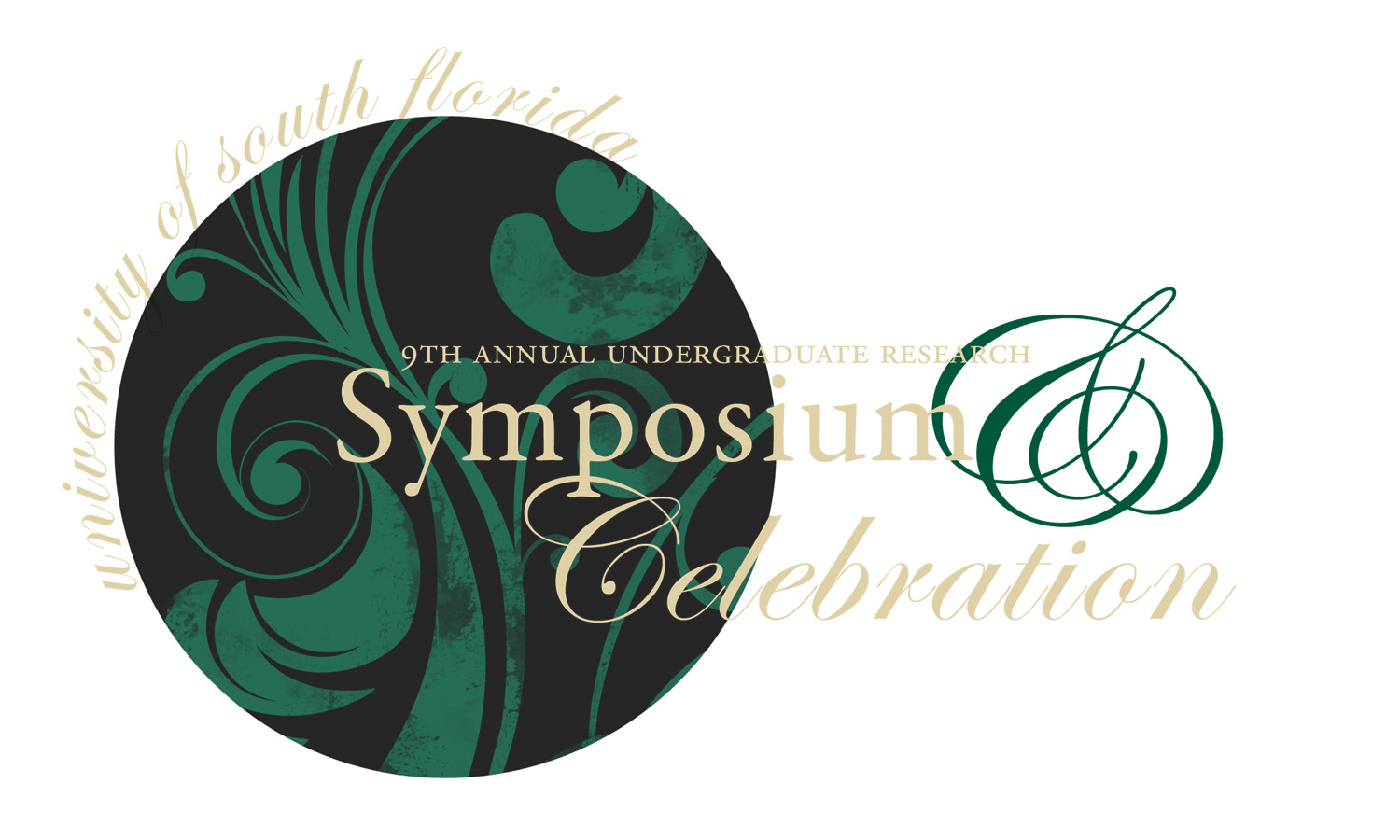Presentation Type
Poster
“It’s All My Fault!”: How Does a Self-Blaming Attribution for Peer Conflict Relate to Child Adjustment?
Abstract
Purpose/Background: While extant literature has noted the importance of children’s attributional style during peer conflict, little research has examined self-blaming attribution. The present study considers self-blame during peer conflict in relation to gender, hostile attribution, emotional reactions, social problem solving self-efficacy, and peer victimization.
Results: Correlational analyses show that self-blaming and hostile attributions were negatively related to one another and differentially correlated with the child adjustment variables. In regression analyses controlling for gender, self-blame was predictive of all adjustment variables except for anger. When examining gender as a potential moderator of these relationships, several significant interactions emerged. Specifically, results showed that the associations between self-blame and embarrassment, fear, and self-efficacy were significantly stronger for girls than for boys.
Conclusion: The findings of this study suggest that children who self-blame are more prone to having internal emotional reactions, lower self-efficacy, and greater peer victimization than children exhibiting hostile attribution. Additionally, girls who self-blame may feel embarrassed, fearful, and unskilled in negative peer situations moreso than boys. Given the potential implications of a self-blaming attribution style for emotional responses and peer interactions, self-blame may be a specific social cognitive style in need of further investigation.
Categories
Social Sciences
Research Type
Thesis
Mentor Information
Casey Calhoun (Graduate Student)
“It’s All My Fault!”: How Does a Self-Blaming Attribution for Peer Conflict Relate to Child Adjustment?
Purpose/Background: While extant literature has noted the importance of children’s attributional style during peer conflict, little research has examined self-blaming attribution. The present study considers self-blame during peer conflict in relation to gender, hostile attribution, emotional reactions, social problem solving self-efficacy, and peer victimization.
Results: Correlational analyses show that self-blaming and hostile attributions were negatively related to one another and differentially correlated with the child adjustment variables. In regression analyses controlling for gender, self-blame was predictive of all adjustment variables except for anger. When examining gender as a potential moderator of these relationships, several significant interactions emerged. Specifically, results showed that the associations between self-blame and embarrassment, fear, and self-efficacy were significantly stronger for girls than for boys.
Conclusion: The findings of this study suggest that children who self-blame are more prone to having internal emotional reactions, lower self-efficacy, and greater peer victimization than children exhibiting hostile attribution. Additionally, girls who self-blame may feel embarrassed, fearful, and unskilled in negative peer situations moreso than boys. Given the potential implications of a self-blaming attribution style for emotional responses and peer interactions, self-blame may be a specific social cognitive style in need of further investigation.

